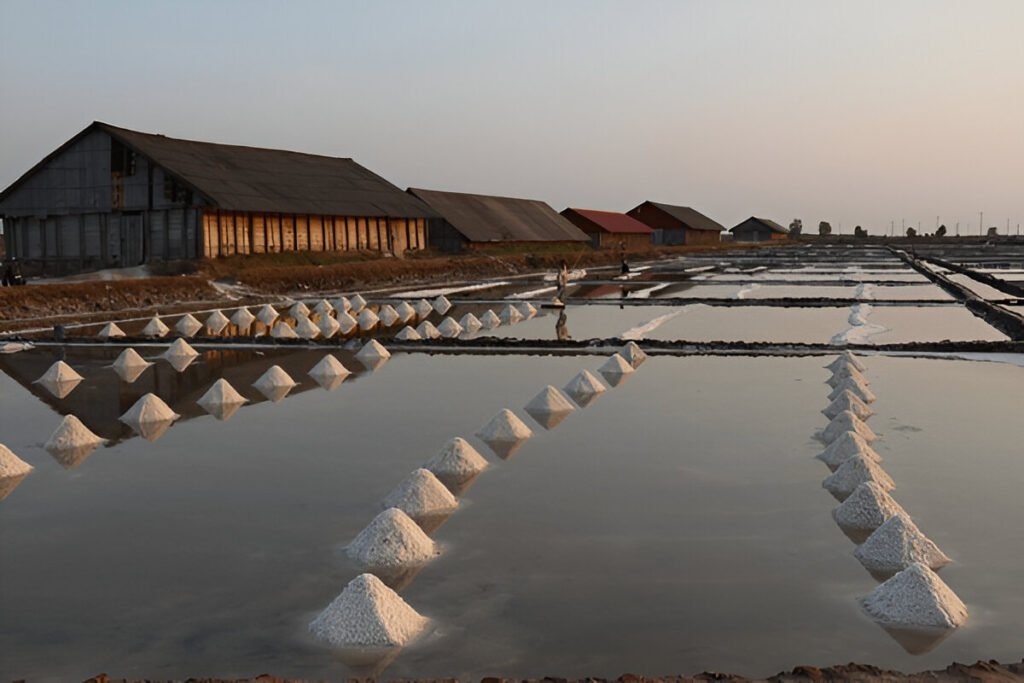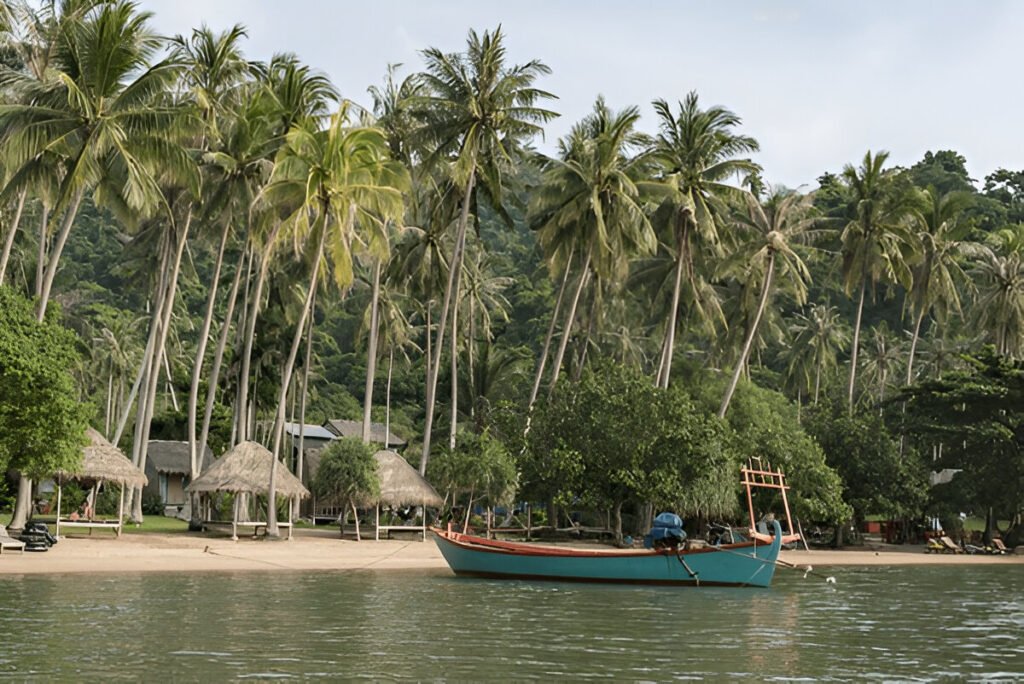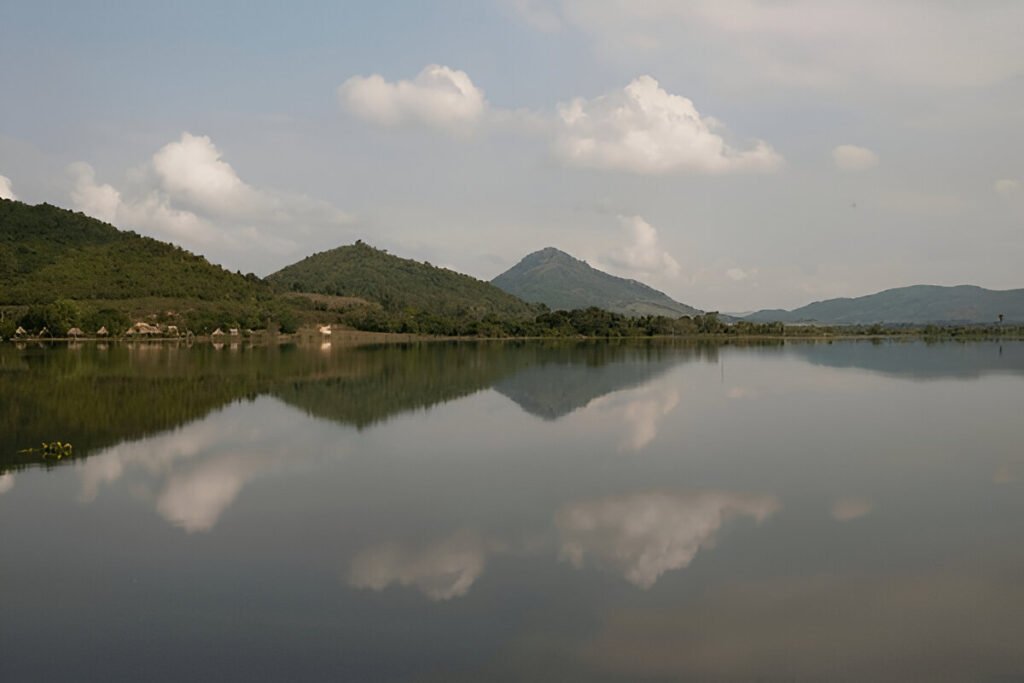Introduction:
Nestled in the mountainous heart of the Kii Peninsula in Japan, the Kumano Kodo Pilgrimage Routes unfold like a painted scroll of history, culture, and natural beauty. Meandering through an enchanting landscape of towering cedar forests, rustic villages, and ancient shrines, these sacred trails are a living testament to Japan’s spiritual heritage. A must-see destination for history enthusiasts and nature lovers alike, the Kumano Kodo is one of only two pilgrimage routes in the world to be designated as a UNESCO World Heritage site, underlining its cultural and historical significance.
Unveiling the Mystical Trails of Kumano Kodo Pilgrimage
The Kumano Kodo Pilgrimage Routes echo with the footsteps of emperors and samurai who journeyed here a millennium ago in search of spiritual enlightenment. A complex network of trails stretching across the Kii Mountains, the routes lead to the three grand shrines of Kumano (Kumano Sanzan): Kumano Hongu Taisha, Kumano Hayatama Taisha, and Kumano Nachi Taisha. Each trail offers a unique journey, with breathtaking vistas, serene river valleys, and ancient cobbled paths etched into the landscape.
The Kumano Kodo is steeped in the tradition of nature worship. The trails meander through sacred forests and mountains, believed to be the dwelling places of the gods. The journey is a spiritual experience, a walk through nature that instills a sense of peace and reverence. Whether it’s the stunning Nachi Waterfall, the serene Oyunohara torii gate, or the majestic Daimon-zaka slope lined with centuries-old trees – each trail has its own unique charm, transcending time and space to take you on an unforgettable journey through Japan’s spiritual heartland.
Journeying Through the Sacred Landscapes of the Kumano Region
The Kumano Region is a treasure trove of natural beauty and cultural heritage. Its diverse landscape includes hot springs, rivers, waterfalls, and mountains, each with their own legends and histories. The Kumano River, for example, is revered as the embodiment of a deity and has been a guiding force for pilgrims over the centuries. The region is also home to unique flora and fauna, contributing to the serene and magical atmosphere of the place.
The local culture is deeply intertwined with the Kumano Kodo. The rituals and festivals that take place in the region offer a glimpse into the rich tapestry of Japanese culture and tradition. The Oto Matsuri Fire Festival, held annually at the Kumano Hayatama Taisha Shrine, is a breathtaking spectacle of fire and dance that is not to be missed. Meanwhile, the local cuisine offers a culinary journey of its own, with unique dishes like Kumano beef and mehari-zushi, a local delicacy of rice wrapped in pickled mustard leaves.
Local Tips:
The best time to visit the Kumano Kodo is during spring (March to May) or autumn (September to November) when the weather is pleasant and the landscapes are in full bloom or displaying vibrant autumn colors. Comfortable walking shoes, rain gear, and layered clothing are recommended as the weather can change rapidly in the mountains. Visitors should also respect the sacred nature of the site by observing silence and cleanliness.
How to Get There:
The Kumano Region is accessible by train, bus, and car from major cities like Kyoto, Osaka, and Tokyo. The journey from Osaka or Kyoto takes approximately 4-5 hours by train, while from Tokyo it takes 5-6 hours. Guided tours are also available, offering a hassle-free way to explore the trails and learn about their history and significance.
Nearby Attractions:
Beyond the Kumano Kodo Pilgrimage Routes, the Kii Peninsula offers several other attractions worth exploring. These include the hot spring village of Yunomine Onsen, Shirahama Beach, and the mystical Nachi Waterfall. The ancient capital city of Nara, with its iconic Todaiji Temple and Nara Park, is also a short train ride away.
Conclusion:
Experiencing the Kumano Kodo Pilgrimage Routes is not just about ticking off a travel destination; it’s about embarking on a journey of self-discovery, spirituality, and connection with nature. This sacred landscape, with its rich history, stunning natural beauty, and profound spiritual significance, truly offers a unique and unforgettable Japanese experience. So lace up your hiking boots, embrace the serenity, and let the mystical trails of the Kumano Kodo guide you on a journey like no other.





